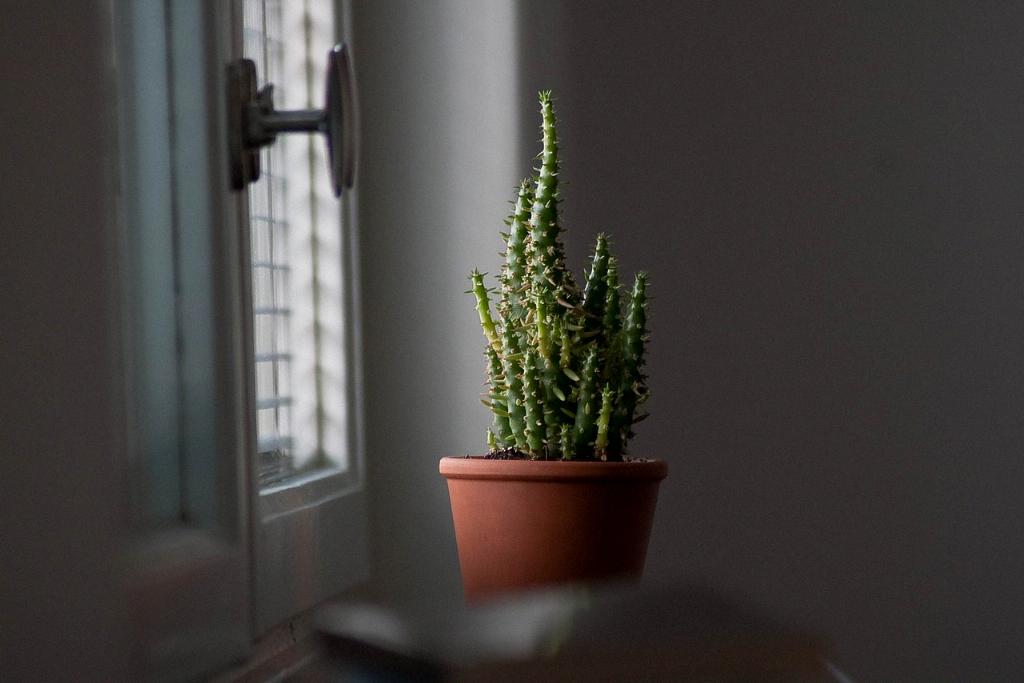Have you ever wondered why your succulents seem to be stretching towards the sky instead of maintaining their compact, rosette shape? This phenomenon, known as tall succulent growth or etiolation, can be a common occurrence among succulent enthusiasts. Understanding the reasons behind why succulents grow tall can help you better care for these unique plants and ensure they thrive in your garden or indoor space.
Factors Influencing Succulents to Grow Tall
Several factors can influence why succulents grow tall. One of the key reasons is a lack of sufficient sunlight. When succulents do not receive adequate light, they elongate their stems and produce less compact leaves, a process known as etiolation. This growth pattern is the plant’s way of trying to reach for more light to support photosynthesis.
Light: The Key Factor for Tall Succulent Growth
Proper sunlight exposure is crucial for the overall health and appearance of succulents. To prevent tall succulent growth, ensure your plants receive at least 6 hours of bright, indirect sunlight per day. If your succulents are indoors, place them near a sunny window or consider using grow lights to supplement their light requirements.
Importance of Proper Watering Techniques in Preventing Tall Growth
Overwatering succulents can also contribute to their tall growth. Waterlogged soil can lead to root rot and weak, elongated stems. It’s essential to allow the soil to dry out between waterings and use well-draining soil to prevent water from accumulating at the roots.
Understanding Soil Conditions that Promote Tall Growth in Succulents
The type of soil you use for your succulents can impact their growth patterns. A soil mix that retains too much moisture can encourage tall succulent growth as the plant tries to escape the damp conditions. Opt for a gritty, well-draining soil mix specifically formulated for succulents to promote healthy root development and prevent etiolation.
Pruning and Maintenance Tips for Managing Tall Succulents
If your succulents have already grown tall, you can help them regain a more compact shape through pruning. Gently trim the leggy stems to encourage branching and new growth. Regular maintenance, such as removing dead leaves and spent blooms, can also promote a healthier growth pattern.
Environmental Stress Factors Leading to Vertical Growth in Succulents
Environmental stressors, such as temperature fluctuations, pests, and disease, can also trigger succulents to grow tall. Ensure your plants are kept in stable conditions and monitor them regularly for any signs of stress. Addressing these issues promptly can help prevent unwanted tall growth.
Signs of Unhealthy Tall Succulents and How to Address Them
If your succulents exhibit signs of unhealthy tall growth, such as pale leaves, weak stems, or a leaning posture, it’s essential to take action. Reevaluate their light, water, and soil conditions, and make necessary adjustments to create a more suitable environment for optimal growth.
Conclusion: Summary of Key Points on Tall Succulent Growth
In conclusion, understanding why succulents grow tall is essential for providing them with the care they need to thrive. By addressing factors such as light exposure, watering practices, soil conditions, and environmental stressors, you can help your succulents maintain a compact, healthy growth pattern. With proper maintenance and attention to their needs, your succulents can continue to grace your space with their unique beauty.

